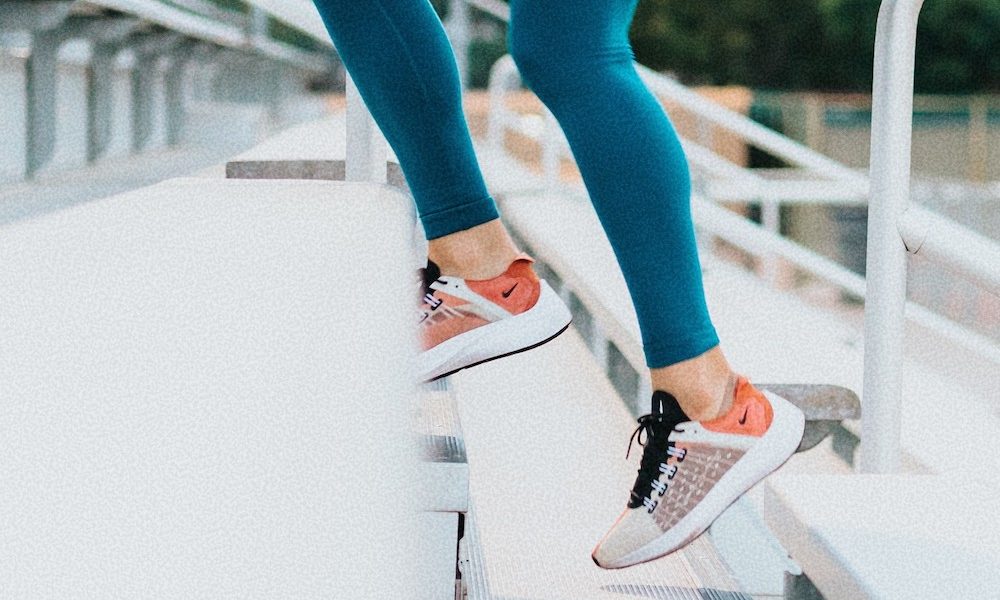If you’re staying regularly active, it’s important to replenish your body with what it needs. Let’s answer some of the most common questions you have around what, when, and how.
BY: ROSE MATTSON, MS, RD
Physical activity, exercise, workouts, movement – whatever you like to call it, we all know that it may help increase your muscle mass, improve energy levels, decrease chronic disease risk, and may help improve mental health and memory.
While movement can be a great way to connect with your body, finding something you love doing is the best motivator for long-term sustainability. In fact, your activity routine doesn’t need to be a way to “earn” your food, should never be used as a punishment, and doesn’t need to be boring!
And because nutrition and movement go hand-in-hand, you need to eat and fuel your body in the right way if you are performing intense, physical activity. Let’s break down some of the most common questions around eating to help better fuel your active lifestyle.
1. How soon after my workout should I eat, and what are the best foods to eat?
If you are training or competing in an event within the next 8 hours, it is recommended to consume carbohydrates in frequent intervals starting immediately after exercise to increase the amount of carbohydrate (glycogen) stored in your muscles. Think bread, pasta, oatmeal, fruit, although you may also consider having some protein to aid in the recovery process. If you are not competing in the next 8 hours, try to get a meal or snack in in the next couple hours.
The best foods to eat? The ones you like to eat! Along with some knowledge of how to choose combinations of carbs and protein, it’s really about eating in a way that makes you feel your best. This may take some practice, and remember, there are no magic foods! Some meal ideas include:
- Scrambled eggs, toast, and fruit
- Sandwich with turkey, cheese, tomato, and lettuce with fruit
- Smoothie with Greek yogurt, banana, and berries
- French toast with cottage cheese and fruit
- Salmon with pesto pasta and roasted asparagus
2. Do I need to refuel even if my workouts are not very long or strenuous?
This really depends on each individual. Are you hungry after your activity? Has it been several hours since you ate? Do you have time for a meal or snack in the next few hours? Do you notice a difference in energy levels or mood if you eat? Take the time to check in with your hunger cues after your activity, and eat accordingly.
That being said, some activities require more intensive post-workout nutrition than others. During more intense exercise, such as lifting weights, group fitness classes, and prolonged cardiovascular exercise, your muscles use carbohydrates as their main source of fuel. Therefore, it’s important to replace carbohydrate stores after these types of activities. Plus, during these types of intense exercises, your muscles are damaged. Pair carbohydrate foods with a source of protein to help repair and rebuild your muscles.
3. What about the ‘anabolic window’? I thought I had to eat protein within 30 minutes of exercising?
In reality, that window of time is actually roughly 3-4 hours. Muscle protein synthesis, or muscle growth, can be active for up to 24 hours after activity, so choose several protein-containing meals and snacks within that time frame.
4. Do I need to supplement with protein powder?
While protein supplements are certainly an option, you can likely get all the protein you need from real food! Dairy foods (such as milk, cottage cheese, yogurt), meat, fish, legumes, nuts and seeds are all excellent sources of protein. Side note: the FDA does not regulate the quality of supplements to the same level that it does for food items, meaning they may be contaminated with potentially hazardous substances. If you want to better ensure the quality of a supplement, look for a supplement that has been tested and certified by a 3rd party organization (NSF, USP, Informed Choice).
5. How should I stay hydrated?
A good way to check your hydration status is by color of your urine. Ideally, you want your urine to be a light yellow-to-clear color. Keep in mind that it’s best to sip fluids continuously throughout the day, rather than chugging a whole water bottle in 2 minutes, as your body is able to retain more fluid when you do so.
Sports drinks, such as Gatorade and Powerade, can help serve the purpose of replenishing electrolytes and carbohydrate stores during and after prolonged intense exercise. However, water is probably just fine for the majority of people. Bonus – it’s free!
Remember these are guidelines, not hard and fast rules. Everyone’s body is different, and what works for others may not work for you. Focus on choosing options that make you feel your best,
So you can keep at it for years to come.
Adapted from the original article.
HEADER IMAGE: TYLER NIX
Rose Mattson, MS, RD is a private practice dietitian who runs a Salt Lake City-based nutrition practice, through which she sees clients both locally and virtually. Specializing in Intuitive Eating, sports nutrition, and digestive disorders, Rose’s mission is to help people find satisfaction and joy in eating all foods, without unnecessary restriction or deprivation. When she’s not working, you can find her outside in the mountains, at the local farmer’s market, or scoping out the most delicious meals in the area.

